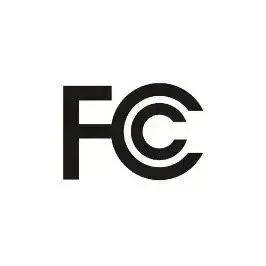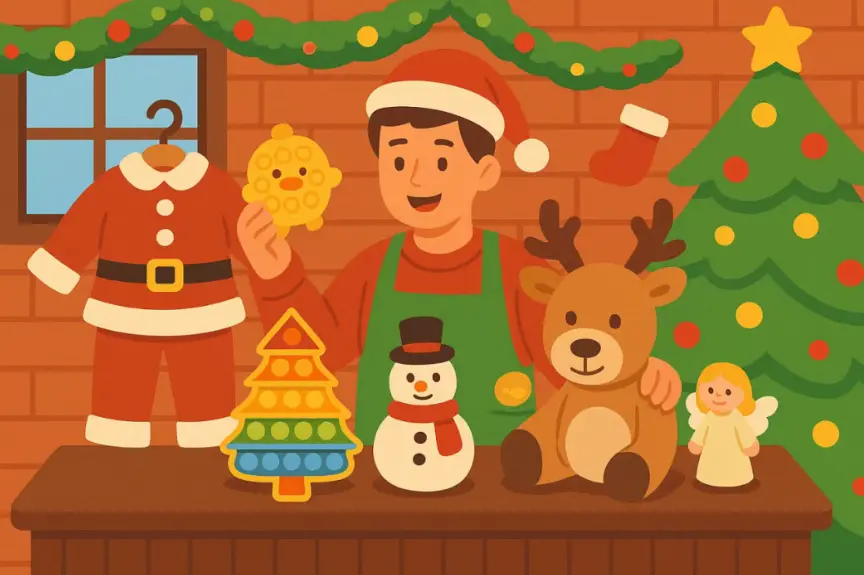
What is the GB 4806 Testing Standard?
GB 4806 is a series of mandatory national standards in China concerning the safety of food contact materials and articles. It aims to ensure that materials directly contacting food do not pose health risks to consumers.
Definition and Core Objectives of GB 4806
GB 4806 sets out specific safety requirements for food contact materials such as plastics, metals, ceraMICs, and more. Through regULations on hygiene standards, component limitations, and testing methods, it aims to prevent the migration of harmful substances into food and protect consumer health. Its core objectives include:
1. Safety Assessment: Limits the migration of harmful substances such as heavy metals and toxic monomers.
2. Wide Applicability: Covers a broad range of products in contact with food, including tableware, kitchenware, and infant supplies.
Main Testing Items and Technical Requirements
Testing items under GB 4806 vary significantly depending on the type of material. Common tests include:
Physicochemical Tests:
1. Evaporation Residue: Assesses the potential risk of material migration.
2. Heavy Metal Release: Measures levels of lead, cadmium, etc.
3. Potassium Permanganate Consumption: Evaluates oxidation resistance.
Biological Safety Tests:
1. Microbial Tests: Ensures prevention of microbial contamination.
2. Sensory Evaluation: Confirms no abnormal odors or discoloration.
Implementation Challenges and Development Trends
While GB 4806 plays a critical role in food safety, its implementation faces several challenges:
1. Complexity: Different materials (e.g., plastics vs. metals) require specific testing standards, and updates may lag behind new material applications.
2. Regulatory Gaps: Some untested products still REACH the market, making it difficult for consumers to judge their safety.
Future trends include:
1. Technological Advancements: Adoption of advanced chemical analysis and biological testing methods to improve accuracy.
2. International Alignment: Drawing from international standards (e.g., EU Regulation No. 10/2011) to enhance the system.
Responsibilities of Consumers and Enterprises
1. Enterprisesmust strengthen internal testing procedures to ensure product compliance with the standard.
2. Consumersshould choose products labeled with GB 4806 certification, especially for high-risk categories like infant products.
Email:hello@jjrlab.com
Write your message here and send it to us
 Does Your Product Need an FCC ID?
Does Your Product Need an FCC ID?
 What Are the Battery Compliance Test Reports?
What Are the Battery Compliance Test Reports?
 Christmas Children’s Products EU & US Complian
Christmas Children’s Products EU & US Complian
 Food Packaging Material Testing
Food Packaging Material Testing
 Cosmetic Product Safety Report
Cosmetic Product Safety Report
 What is Prop 65 Warning?
What is Prop 65 Warning?
 Does RoHS Apply to Packaging?
Does RoHS Apply to Packaging?
 How to Get RoHS Compliance?
How to Get RoHS Compliance?
Leave us a message
24-hour online customer service at any time to respond, so that you worry!




